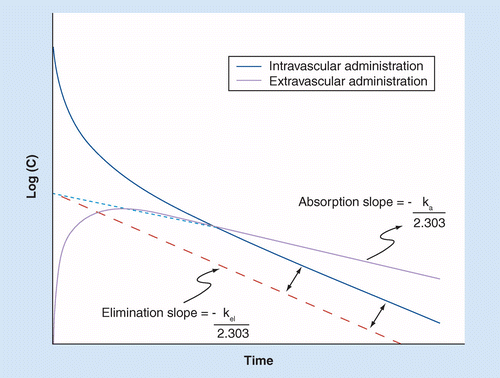
The per-protocol maximum tolerated dose was not reached. Treatment-related grade 3/4 AEs occurred in six participants (43%) treatment-related serious AEs (SAEs) in three (21%). The most frequent adverse events (AEs) were circular erythematous injection site reactions (100%), chills (71%), fatigue (57%), and fever (50%). Best clinical response was stable disease (3 of 14 patients 21%). Thirteen patients had discontinued and one (uveal melanoma) remains on treatment with stable disease. Results As of March 2, 2020, median treatment duration was 7.5 weeks (range 1.1–77.1). Correspondence to Dr George N Pavlakis.12 Novartis Institutes for BioMedical Research Inc, Cambridge, Massachusetts, USA.11 Division of Oncology, Department of Medicine, Washington University in Saint Louis, St Louis, Missouri, USA.10 Earle A Chiles Research Institute, Providence Cancer Institute, Portland, Oregon, USA.9 Huntsman Cancer Institute, University of Utah, Salt Lake City, Utah, USA.8 Seattle Cancer Care Alliance, Seattle, Washington, USA.7 Carbone Cancer Center, University of Wisconsin Madison, Madison, Wisconsin, USA.6 Vaccine Research Center, NIAID, Bethesda, Maryland, USA.5 Clinical Pharmacology Program, Center for Cancer Research, NCI, Bethesda, Maryland, USA.4 Human Retrovirus Pathogenesis Section, Vaccine Branch, Center for Cancer Research, National Cancer Institute, Frederick, Maryland, USA.3 University Hospitals Cleveland Medical Center, Cleveland, Ohio, USA.2 Human Retrovirus Section, Vaccine Branch, Center for Cancer Research, National Cancer Institute at Frederick, Frederick, Maryland, USA.




 0 kommentar(er)
0 kommentar(er)
